In the eyes of the world: mobiles, Iran and video
04 février 2010
In the eyes of the world: mobiles, Iran and video
Six months after the Iranian elections and the subsequent protests, Laurence Allard and Olivier Blondeau take a fresh look at the use of mobiles and video on the internet in the mobilisation around these events and the associated media coverage, as a complement to their article “Iran or proxy warfare: towards a public culture of IT security?”.
Let’s start with a few statistics1to make very clear the nature and extent of the events that took place on the internet. A total of 23 million people have internet access in Iran (35% of the population), whereas more than 45 million people own a mobile phone. Two-thirds of the Iranian population are aged under 30. The majority of Iran’s population of 70 million is too young to have experienced the 1979 revolution. Iran’s youth use text messages (80 million sent daily in 2008) and surf the Net, which the government controls, under “normal” circumstances, in terms of access and speed. Blogs are particularly popular: since September 2001, a total of 110,000 new blogs have been started, on themes that reflect their authors’ interests (music, sport, culture, poetry, politics, etc.).

Screen capture of a message from Persianwiki on Twitter
The Internet and Democracy Project of the Berkman Centre for Internet & Society (Harvard University, United States) has put together an interactive map of the Iranian blogosphere. It shows the wealth of diversity in terms of interests, built on a long cultural tradition of public discourse and spirituality2 . Another study, by Trebor Scholz, of The New School (New York, United States), documents the uses of social networking sites and blogging about sex and music against a backdrop of filtering and arrests of blog authors3, in a country with one of the highest rates of internet connections in the Middle East.
In Iran, blogs have become a counter-public sphere for discussing alternative interpretations of the Koran, an “ethnoscape” for the Iranian diaspora (to borrow a concept of Arjun Appadurai, an Indian-American anthropologist), a “room of one’s own” (to quote Virginia Woolf) for women excluded from cafés, where they can speak freely or enjoy a form of sexual liberation.
The generational and political conflict manifest since the presidential election was, as we have already noted in our “Politique 2.0” column on the Fondation pour l’Innovation Politique website and the associated Twitter account4, already budding during the electoral campaign. Mir Hossein Moussavi banked heavily on the internet and social networking sites to win the election. He focused primarily on Twitter and Facebook, and led the field in terms of hits on Google Trends5 . He also used text messaging a lot. The following message did the rounds prior to the 12 June election: “If you plan not to vote, just think about June 13 when you hear Ahmadinejad has been re-elected”.
By contrast, President Ahmadinejad, present on the internet with an official blog, expressed reticence at the idea of using the medium for his campaign. His supporters leant heavily on forms of mobilisation that, far from using the Web or information and communication technologies (ICT), were decidedly low-tech, such as massive campaign rallies. Some observers have nevertheless pointed out that the government eased slightly its censorship of social networks by allowing, notably, the development of Facebook7 .
Government policy even borrowed information-warfare and media-occupation techniques. Astroturfing8was attempted when 10,000 Islamic militia (bassidji) – with the approval of the Guardians of the Revolution – opened blogs en masse. The president’s campaign manager levelled a lot a criticism at the internet, saying that it is perverting Iranian youth, who are more inclined to sit in front of their computer than to go out and lead a normal social life.
During the demonstrations, the traditional media – press and TV – were unable to play their informative role. The few foreign journalists working in Iran were not allowed to leave their hotels and were only allowed to cover official speeches – those who were not arrested (roughly twenty arrests were made) or expelled, that is. Despite cuts to phone networks and the espionage of telephone lines – and it is worth noting that this was made possible by Western technologies harshly criticised on the internet and in the international press 9 –, the only source of information, especially visual, was provided by mobile phones, when demonstrators photographed or filmed violence, or wounded or dead people.
The video of the moving death, in her father’s arms, of Neda, a young woman killed on Saturday 20 June 2009 when a bullet fired by a member of the bassidji hit her in the chest, was filmed on a mobile phone and then posted on YouTube10 . The following day, this video was, along with six other videos dealing with the Iranian protests, one of the twenty most-viewed videos around the world. This macabre statistic can be ascribed to the identificatory symbol represented by Neda, martyr of the Green Revolution, icon of social networking sites (which is not to condone the morally unacceptable idea of becoming “fan of Neda” on Facebook). Links to videos were subsequently posted on blogs or on Twitter, allowing images of the events to be circulated in a game of cat and mouse with the censorship-minded Iranian government.
YouTube, avec ses 200 000 vidéos ajoutées toutes les trois minutes, ses 5 milliards de vidéos vues en juin 200911 – YouTube, pourtant très prompt à couper le son, voire à retirer des vidéos à la demande des ayants droit des industries culturelles –, a largement contribué à diffuser les vidéos d’Iran en leur ouvrant son « médiaspace ». Les dirigeants de Google, qui dans le même temps annonçaient qu’ils allaient se plier aux exigences de la censure chinoise, publiaient sur le blog YouTube – dont ils sont aussi les propriétaires – un article de soutien aux manifestants iraniens. Dans cet article daté du 16 juin 2009, « More footage from protests in Iran on YouTube », l’auteure, Olivia Ma, mentionne le fait que, malgré le blocage partiel de YouTube en Iran (10 % seulement du trafic habituel), des vidéos sont mises en ligne chaque jour, montrant les manifestations, la répression, les violences et les arrestations12. Ainsi, YouTube est devenu, selon cette belle expression de l’auteure, « a citizen-fueled news bureau of video reports filed straight from the streets of Tehran, unfiltered13 ».
When it opened in April 2007, Citizentube, YouTube’s political channel, was intended to allow people from all walks of life to signal important matters and ideas. It has consistently relayed videos sent from Iran14 . It also offers video playlists containing footage of demonstrations in Iran grouped together by day or by theme. There is a Tributes to Neda playlist,15 which contains montages of photos of the young girl and protests, songs written in her memory, accompanied on the guitar or the piano before the camera, or slideshows featuring sound as well as photos of demonstrations, and a speech by former US presidential candidate John McCain. The remix culture also manifests itself via video commentaries on some of these tributes. The most common form is slideshows with sound. There are also versions of songs subtitled in farsi. The authors of videos introduce their work, as in this example by Maziyar: “As an Iranian American, I am compelled to stand by my brothers and sisters in their fight for freedom. I hope this video helps the Green Revolution. You have the power to change the world with a choice.”16 Written comments are also made on videos. Appreciative comments on the video tribute or the photo of Neda’s face coexist with political diatribes or requests for information on the soundtrack (“May the Iranian people find peace and prosperity”, “Neda, you are a hero”, “We all know that the CIA has been involved in several coups d’état ever since President Harry S. Truman spawned this creature”, “This video is AMAZING. Does anyone know who does the music?”). The interpretative dynamic and the creative openness of the texts written by viewers, specific to the contemporary remix culture are remarkable here and would appear to be part of the “semiotic democracy” typical of this stage in the development of the internet as “users’ Web”.

Screen capture of YouTube’s Citizentube channel
New video postings are announced on Citizentube’s Twitter account:
@citizentube A Street War: Another incredible video of a street war in Tehran between a massive group of Iranian citizens who facing off against a much smaller group of riot police
@citizentube Blurry Video with Alarming Audio: This video, probably taken on a cell phone, is basically a sea of colors and moving shapes – but the audio makes clear that there’s chaos in the streets
As such, from Twitter to YouTube, the dynamics of information spreading has supplanted Google in searches relating to the Iranian election.

DR
For Twitter, links are “retweeted”, or, as we explained earlier, reposted, sometimes with personal comments, illustrating the intersubjective dynamic at work rather than the sort of immanent virality implied by the more commercial notion of buzz.
@XXX @XXX: @ YouTube has reposted the death of the girl video. http://bit.ly/P4oh You have to click that you are over 18 to watch.
RT @XXX: 10 incredible youtube videos show how the events in #iranelection have escalated over past week http://is.gd/17C1I
Avec ou sans ss-titres,cette vidéo me retourne: http://tr.im/p7yx Louder & louder, Friday Night In Iran. #iranelection via@XXX
Note too that while streaming sites like YouTube currently provide the main platform for viewing videos, P2P websites have abundantly carried videos of the protests in Iran. One example is The Pirate Bay, the website of the Swedish Pirate Party, the address of which was also circulated via Twitter..
via @ProtesterHelp http://bit.ly/Vgy3c has torrents of many videos from Iran. #iranelection
Not only are these videos viewed, some of them also carry incrusted notes. This is one of the participative services offered by the YouTube platform, as one can see in this video showing the terror inspired by the bassidji, dated 17 June 2009, translated into English by means of subtitles placed in the image, using a procedure borrowed from the mangafansubbers culture.
Notes
1Interactive Persian blogosphere map. Available at: http://www.fpif.org/fpiftxt/6199.
2 Interactive Persian blogosphere map. Available at: http://cyber.law.harvard.edu/publications/2008/Mapping_Irans_Online_Public/interactive_blogosphere_map.
3 Social Media in Iran, March 2009. Available at:http://www.slideshare.net/trebor/closed-cinemas-a-filtered-internet-kurastami-blogging-about-sex-and-music-in-farsi-social-media-in-iran-1108717.
5 See O. Tesquet, “Le phénomène Moussavi sur Internet” (The Moussavi phenomenon on the internet), L’Express.fr, 10 June 2009. Available at:http://www.lexpress.fr/actualite/monde/proche-orient/le-phenomene-moussavi-sur-internet_766309.html#xtor=AL-447.
6 E. Gheytanchi and B. Rahimi, “The politics of Facebook in Iran”, openDemocracy, 1 June 2009. Available at: http://www.opendemocracy.net/article/email/the-politics-of-facebook-in-iran.
7 According to Wikipedia, the term “astroturfing” refers to political, advertising or public relations campaigns that are formally planned by an organisation, but designed to mask their origins to create the impression of being spontaneous, popular “grassroots” behaviour. The term refers to AstroTurf, a brand of synthetic carpeting designed to look like natural grass.
8 See accusations levelled against Nokia Siemens Networks’ control mechanism, signalled during the election campaign. E. Lake, “Fed contractor, cell phone maker sold spy system to Iran”, The Washington Times, 13 April 2009. Available at: http://washingtontimes.com/news/2009/apr/13/europe39s-telecoms-aid-with-spy-tech/?feat=article_top10_read. For Nokia Siemens Networks’ reply, see The Blog News, “Provision of lawful intercept capability in Iran”, 22 June 2009. Available at: http://blogs.nokiasiemensnetworks.com/news/2009/06/22/provision-of-lawful-intercept-capability-in-iran/.
9 Attention, restricted access for people aged under 18: http://www.youtube.com/watch?v=bbdEf0QRsLM.
10 Source: http://www.strangelove.com/blog/.
11 O. Ma, “More footage from protests in Iran on YouTube”, Broadcasting Ourselves, the “official YouTube blog”, 16 June 2009. Available at: http://youtube-global.blogspot.com/2009/06/more-footage-from-protests-in-iran-on_8218.html.
12 « Un site de reportages vidéo non censurés alimenté par le courage des citoyens iraniens (citizen fueled), depuis les rues de Téhéran. »
16 Manga fans who provide free subtitles of animated Japanese mangas.
The authors
Olivier BLONDEAU has a PHD from Sciences Po, is a researcher in Political Science and a political communications consultant, and Laurence ALLARD, professor in information and communication science at Lille-III University, are co-authors of Devenir média. L’activisme sur Internet entre défection et expérimentation (Éd. Amsterdam, 2007). They are in charge of “Politique 2.0”, a page looking at the latest political trends for the Fondation pour l’innovation politique.

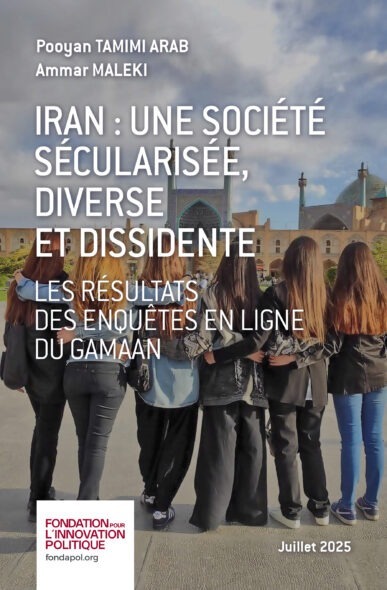

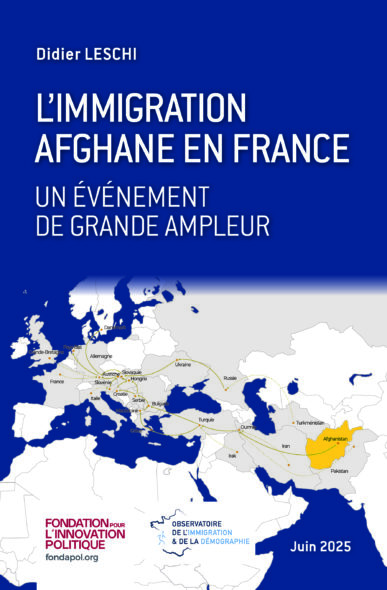
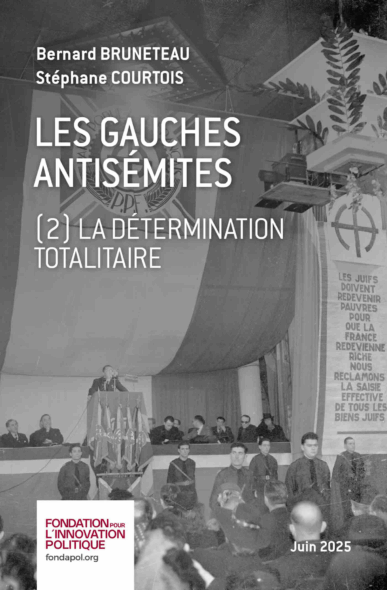

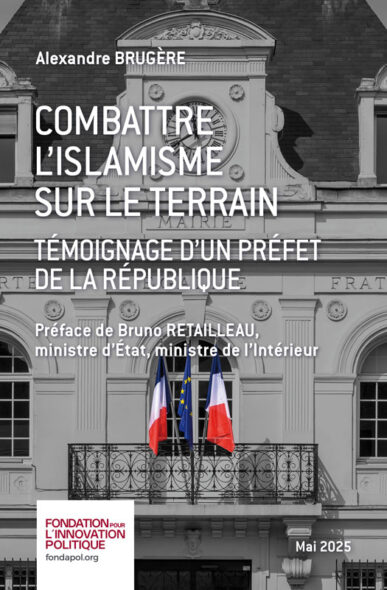
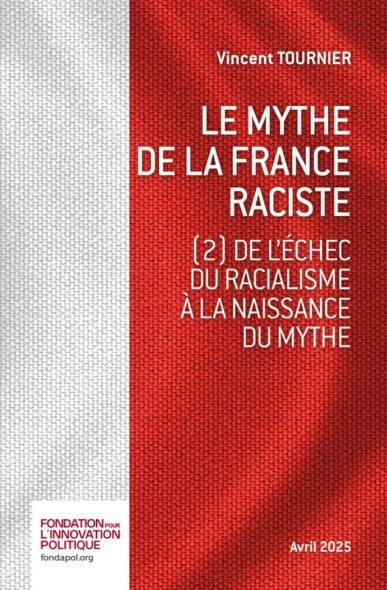
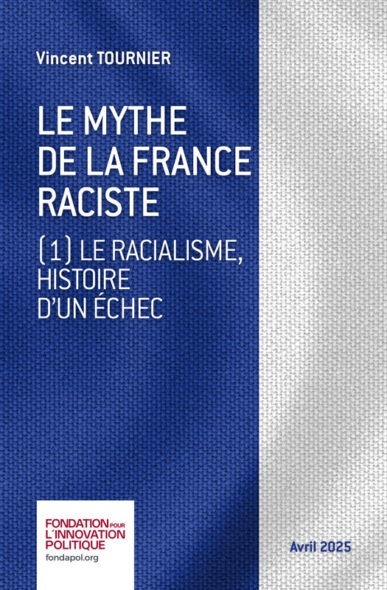
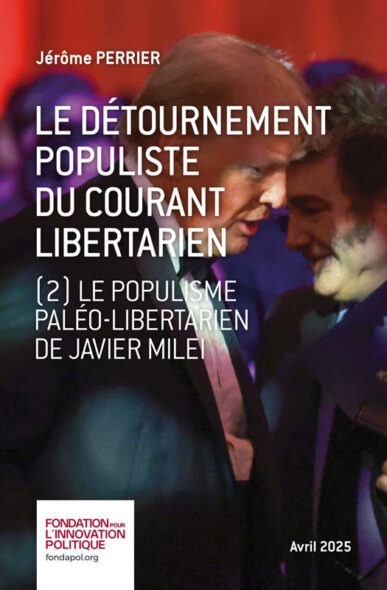
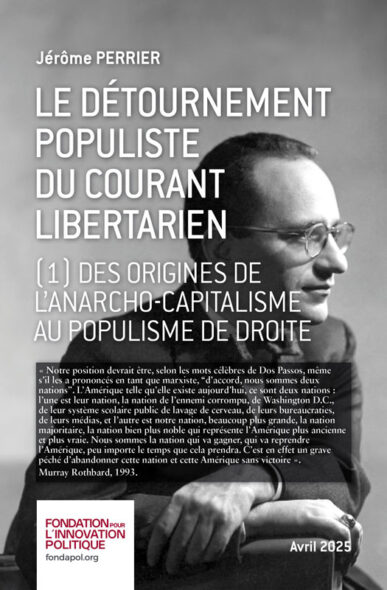
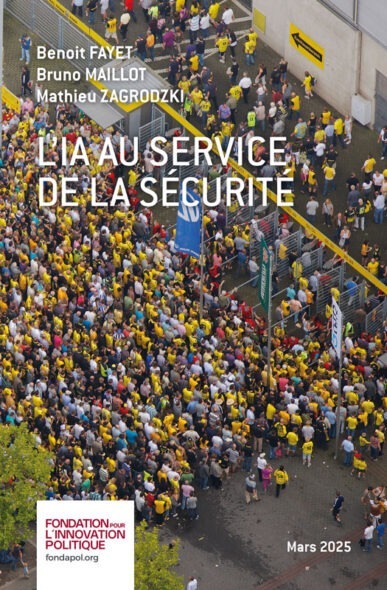
Aucun commentaire.